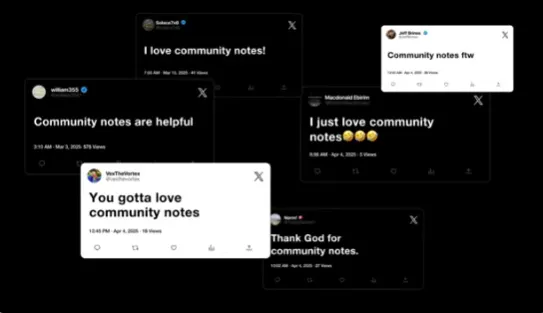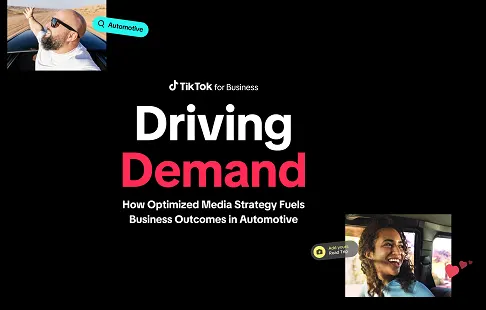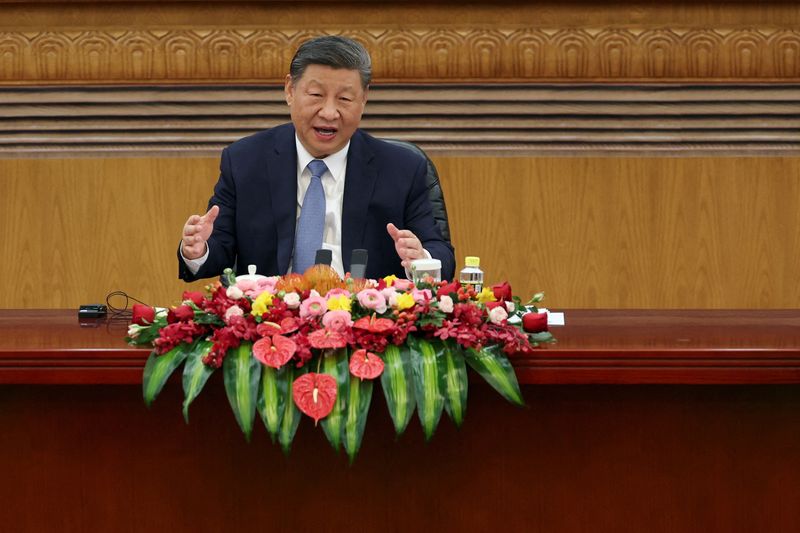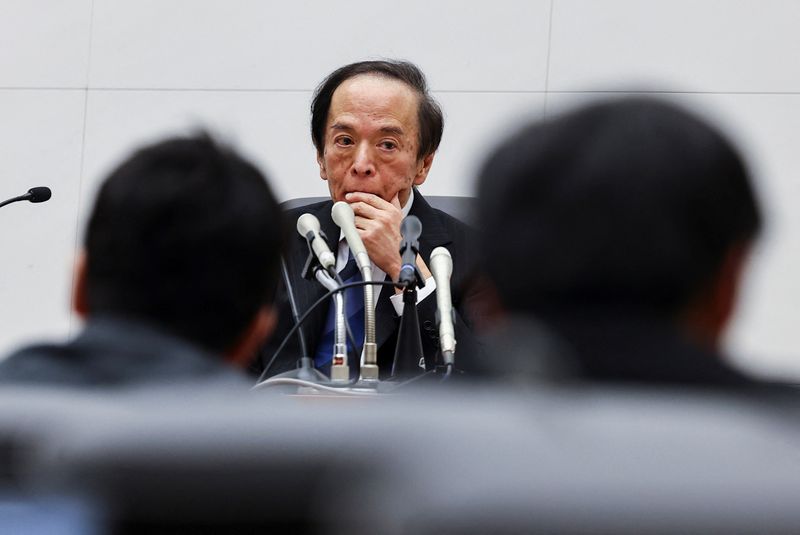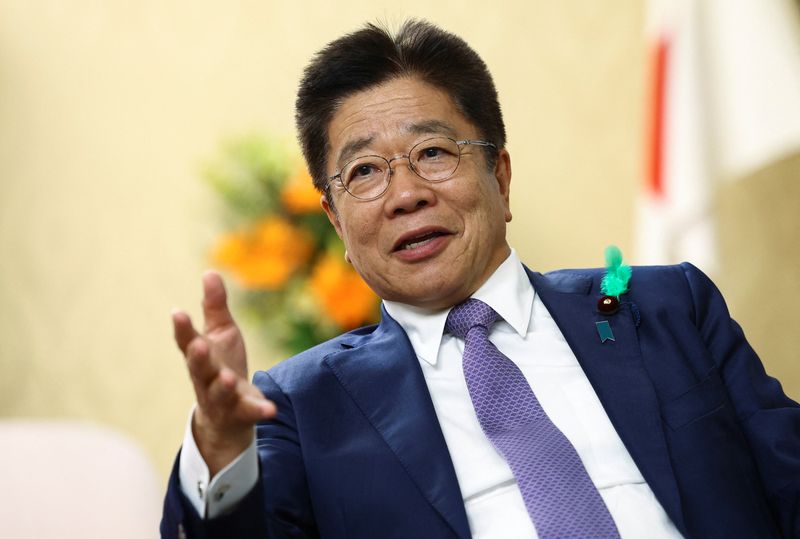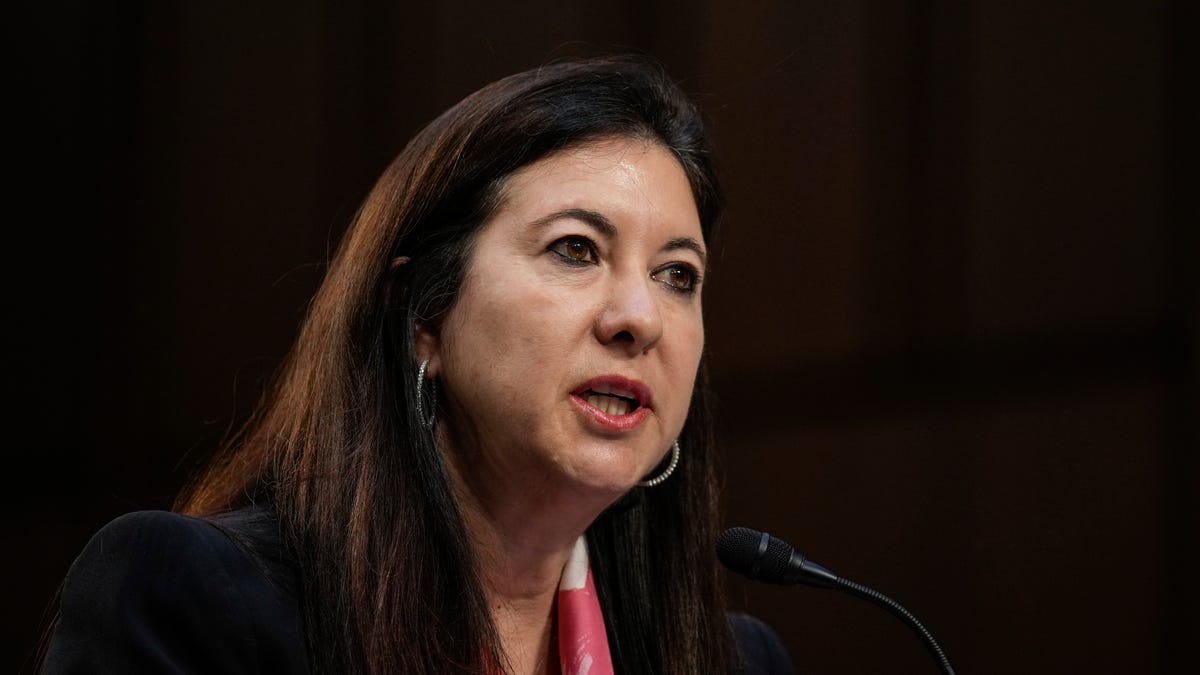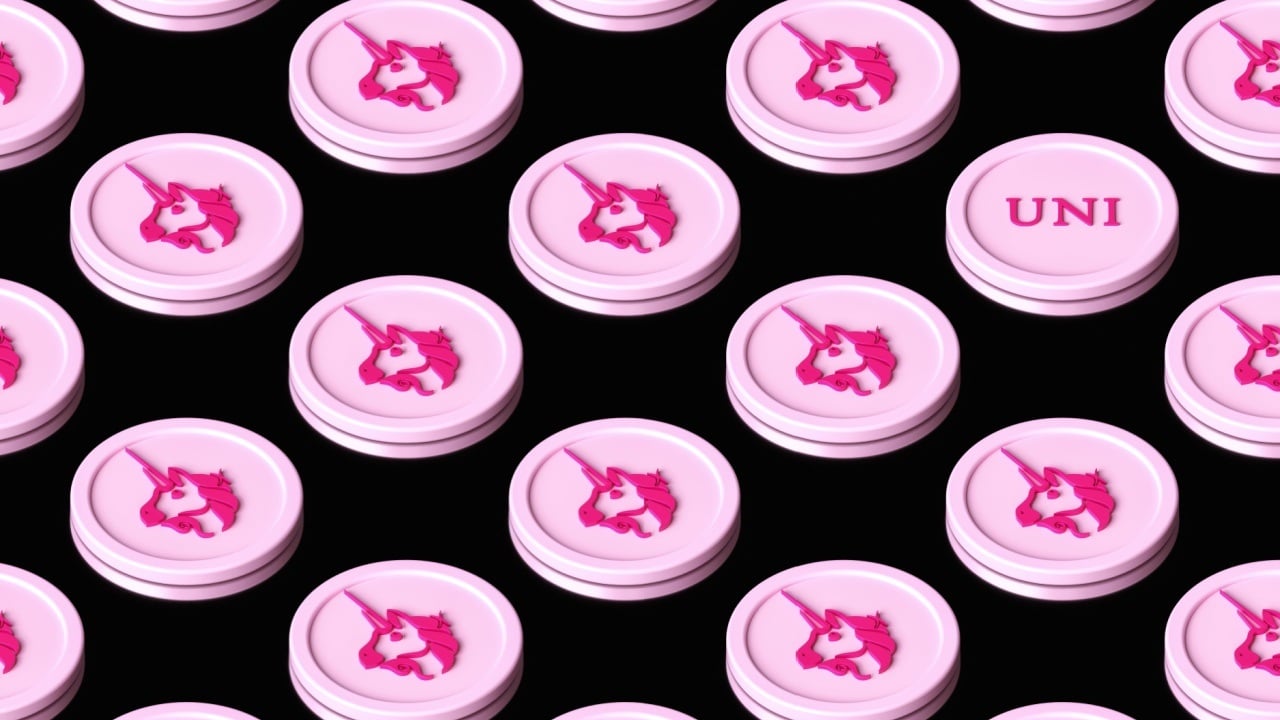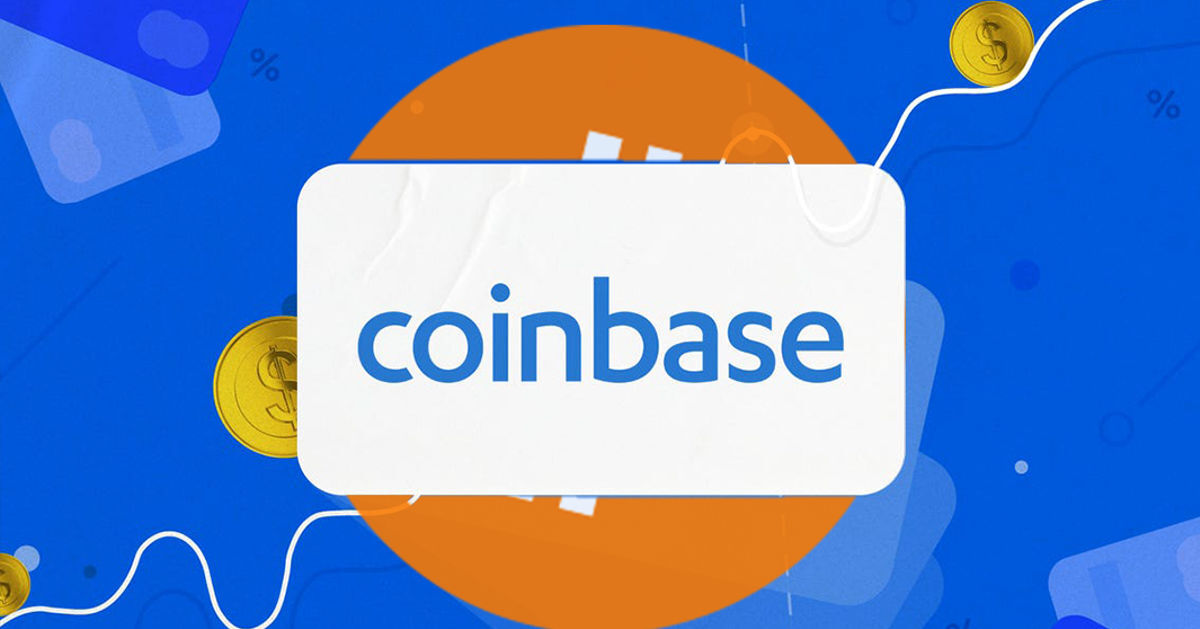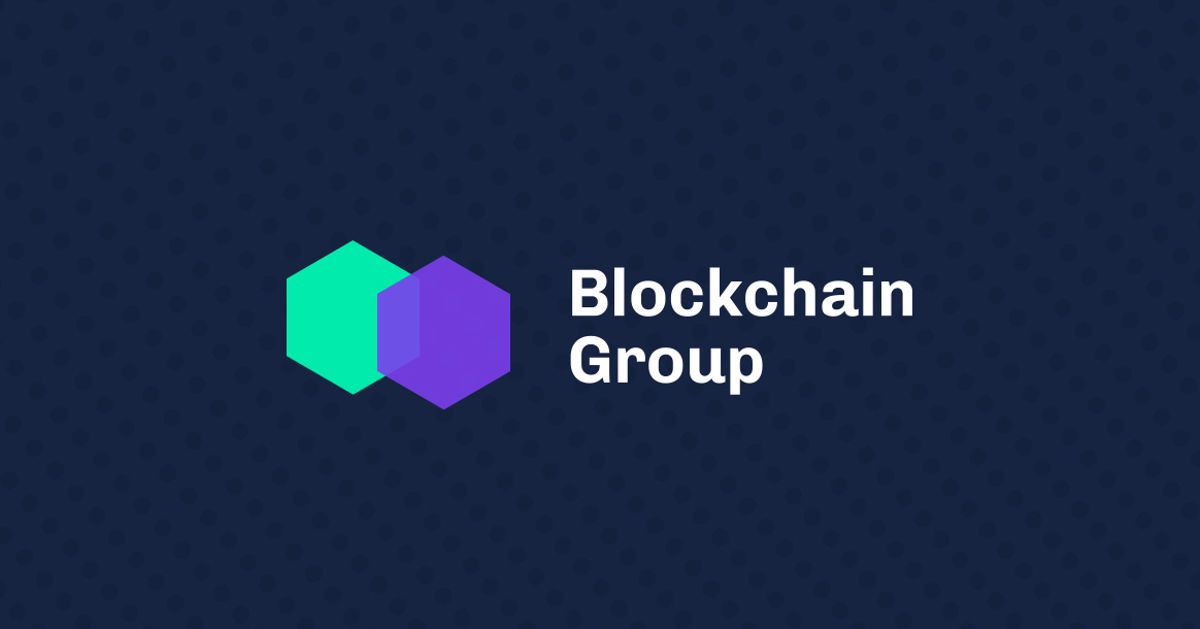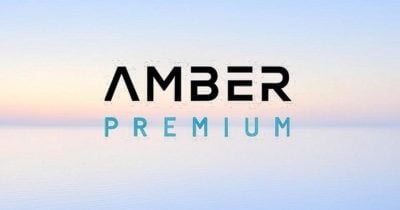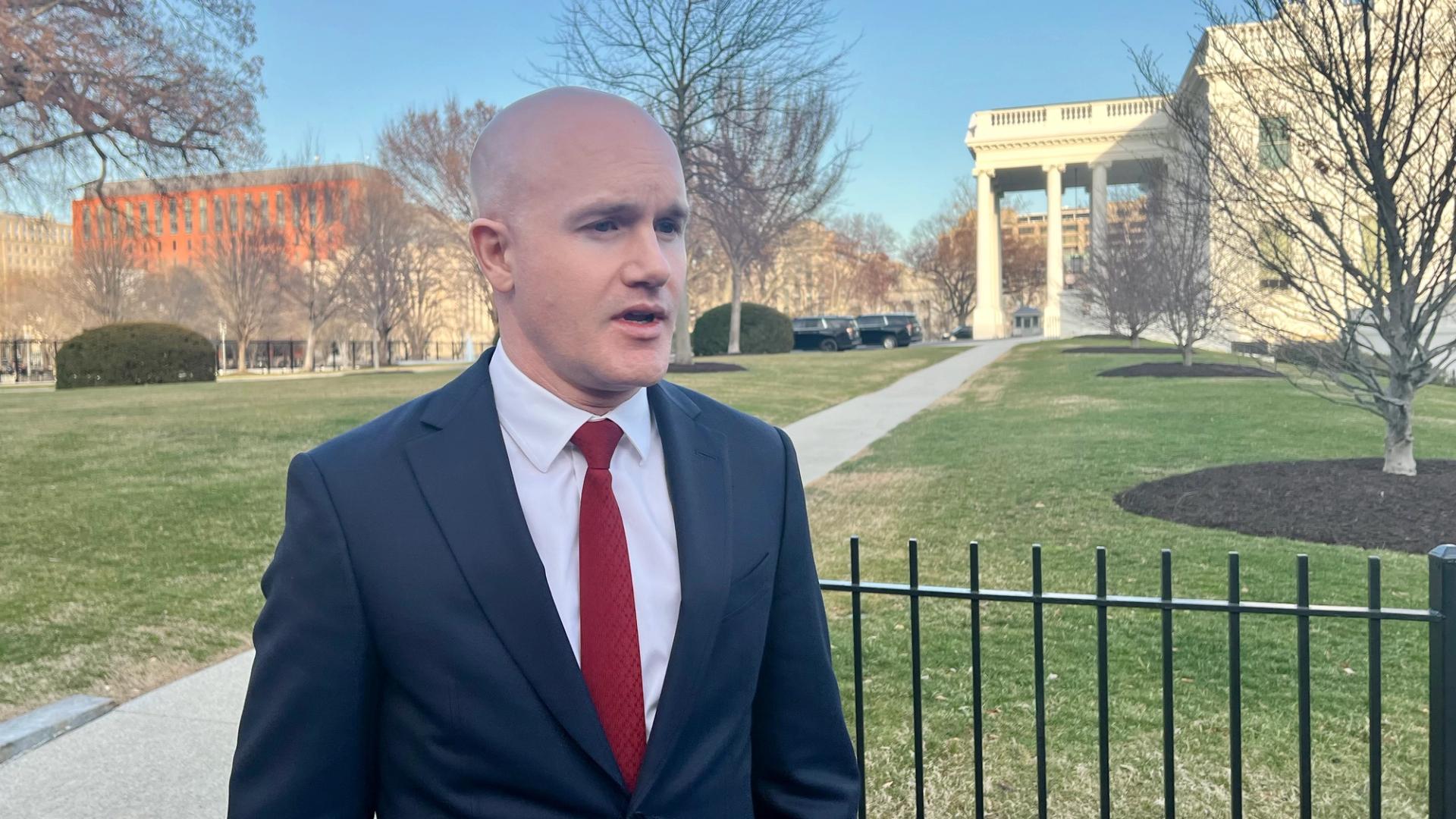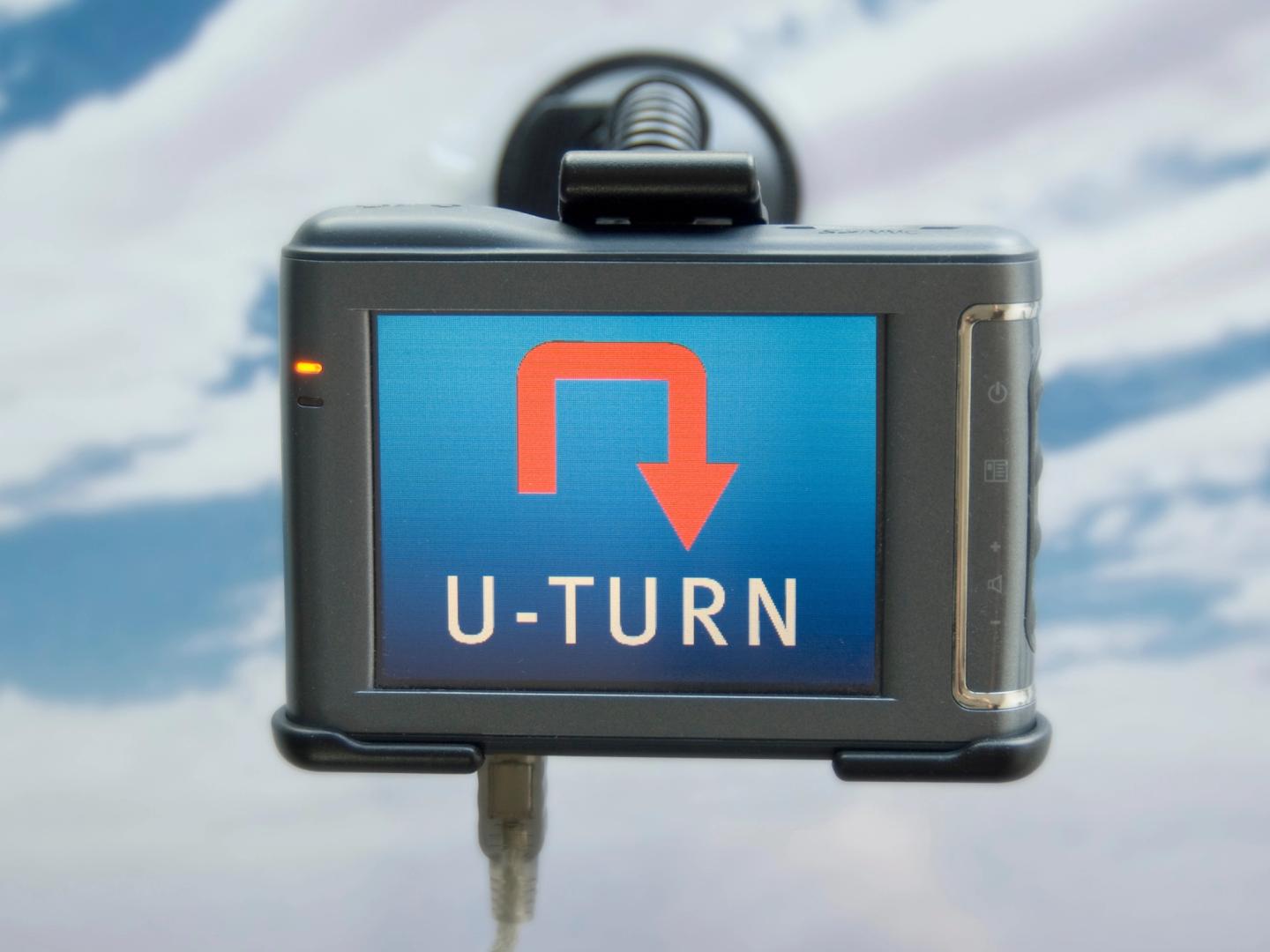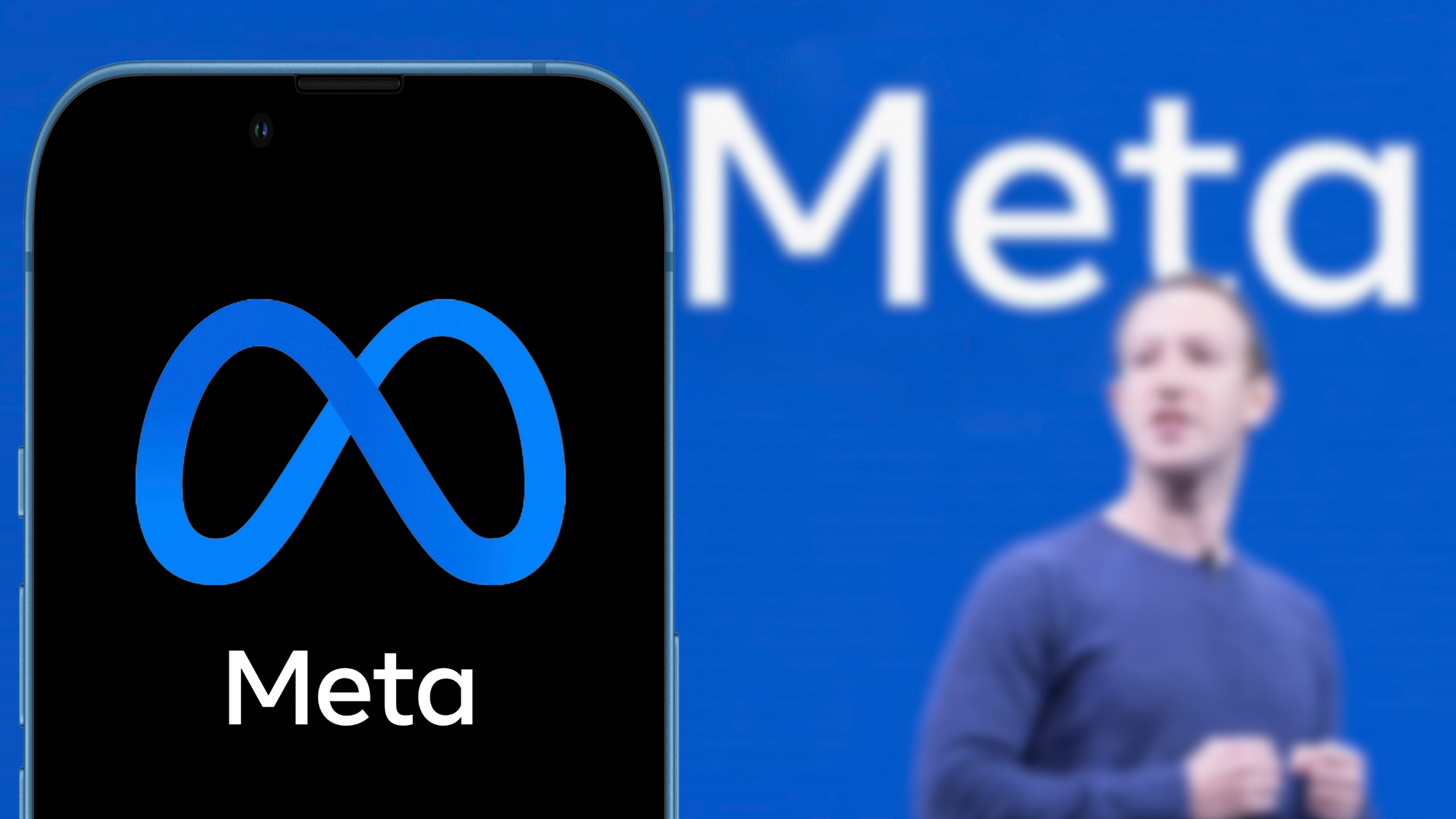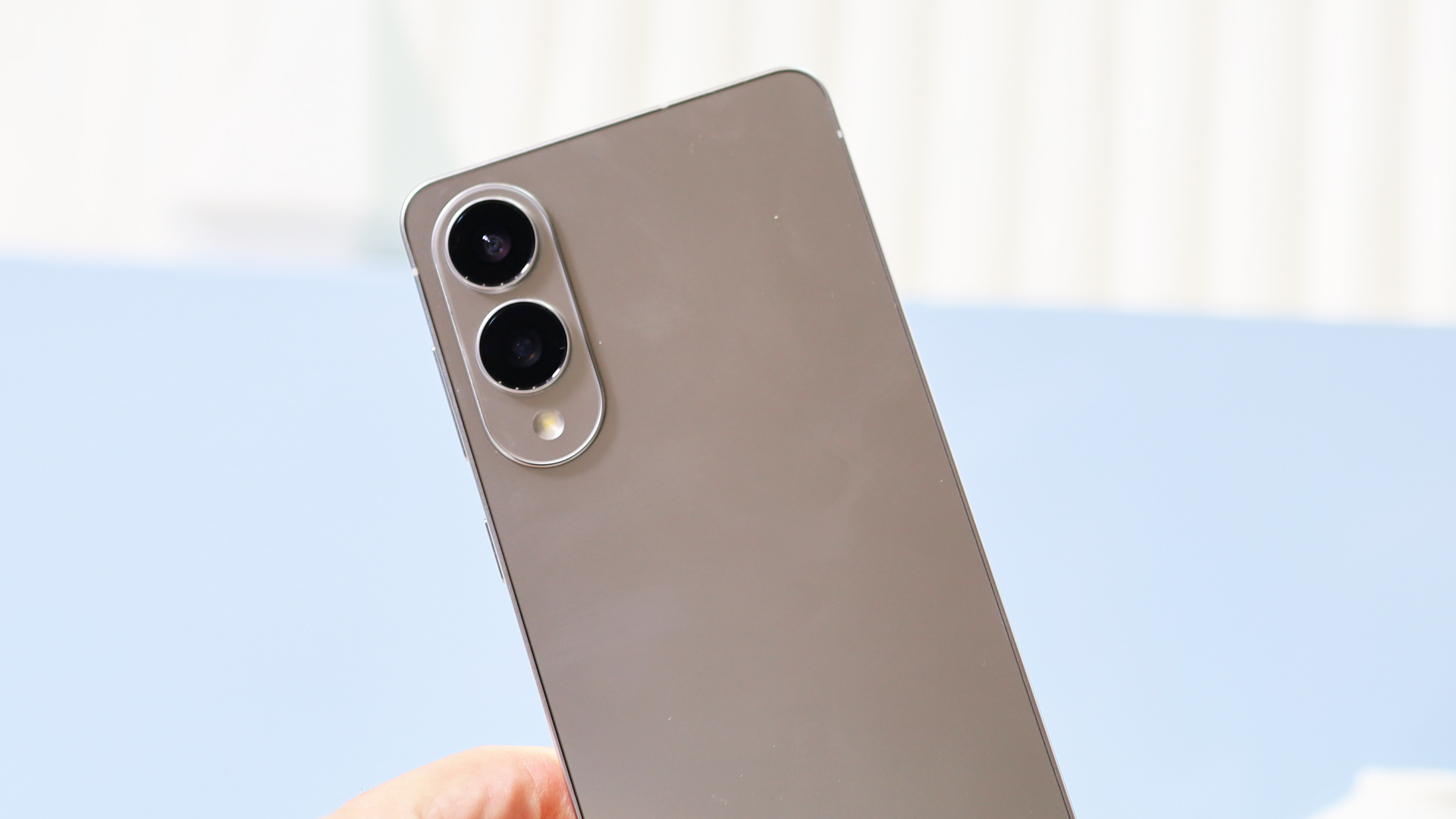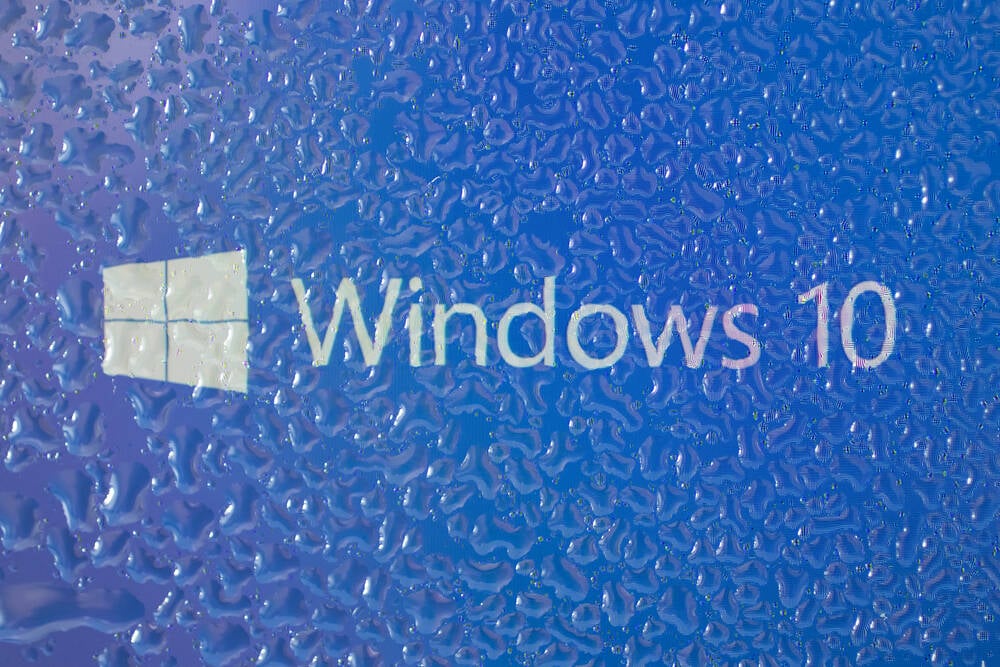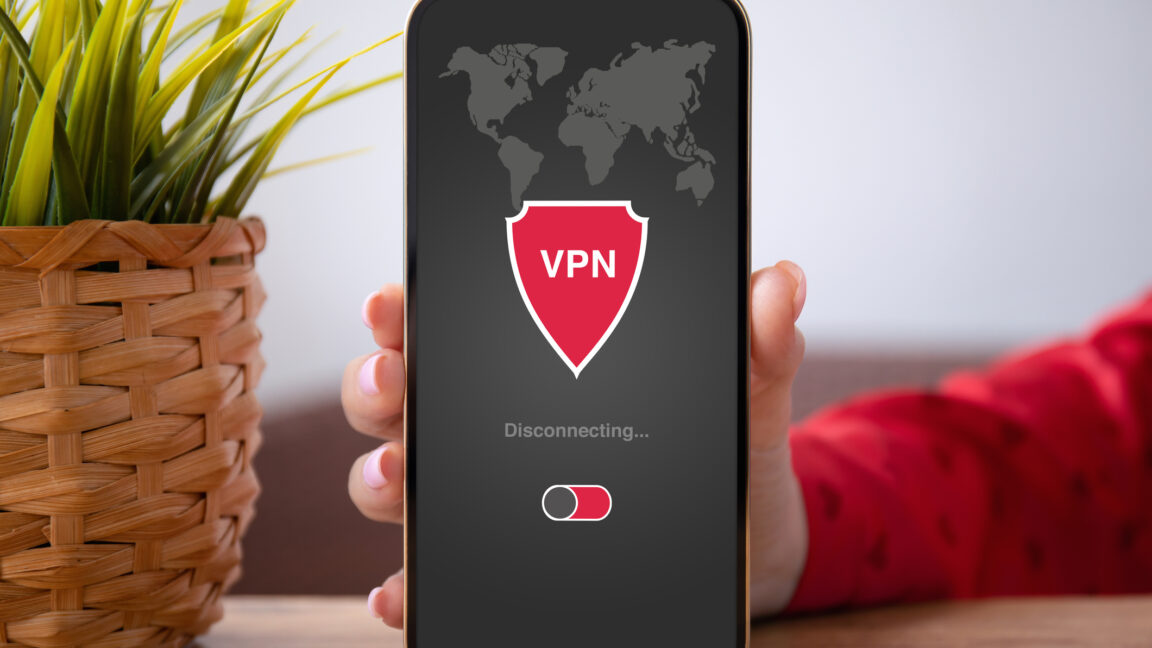How Iyaso is breaking the silence of stuttering with AI
After years of struggling with a stutter, Viraj Kulkarni founded Iyaso, an AI-powered speech therapy startup that offers personalised, real-world solutions for people who stutter.


Viraj Kulkarni still remembers the flavour he hesitated to order as a child. Saying “butterscotch” meant risking an audible block, so he settled for chocolate instead. That small sacrifice stemmed from his struggle with stuttering, a speech disorder that affects an estimated 80 million people around the world.
Years later, Kulkarni set out to address this problem with Iyaso, an AI-driven speech therapy company. Founded in 2023, the startup provides structured and personalised interventions to help users learn, practice, and apply speech therapy techniques in real-world situations—something traditional speech therapy often fails to do.
“Stuttering is variable–you don’t stutter all the time. You don’t stutter when you’re alone. You only stutter while you’re talking to others. Talking to others is such an integral part of our self-image, it ends up affecting our self-esteem. They affect your confidence, your academics, career opportunities, and social interactions. It’s always tough,” Kulkarni tells YourStory.
Drawing on his battle with severe stuttering since childhood and years of building AI solutions in the healthcare sector, he aims to help users tackle the toughest words.
“In interviews, I’d find myself saying, ‘I am a s-s-student at the U-U-University of California, Berkeley..You get blocked on some words, and however hard you try, you are unable to get those words out,” he recalls.
“Iyaso’s goal is to replace those stumbles with fluency. We are building an AI-powered speech therapy app for those who personally struggle with stuttering,” he adds.
AI in healthcare
Before founding Iyaso, Kulkarni served as Chief Data Scientist at DeepTek, where he led AI healthcare products from concept through US FDA clearance and clinical adoption. He holds a PhD in quantum computing and machine learning from Vishwakarma University and is a UC Berkeley alumnus. He steered the AI team and operations, developing solutions to analyse X-rays, CT scans, and MRIs, and partnering with hospitals to integrate them into everyday clinical workflows.
“I have been in this space of AI and ML since almost 2012. Building AI is one side of the story, but driving its adoption in practice, where stakeholders adopt it and then it creates value, is a very different thing. When the generative AI era wave hit, I saw a great opportunity to bring these fields of my life together. My skills and expertise in building AI combined with my prior experience working in the field of healthcare…that's how Iyaso was born,” he explains.
Kulkarni says, “I tried everything..from speaking to speech therapists, aura therapy, Rekhi, hypnosis, and all sorts of scientific, pseudo-scientific, and unscientific things as well. ”
He further noted three challenges in traditional speech therapy: Cost and accessibility, adherence, and the transfer gap.
“In India, a single session can run around Rs 2,000—many users stop after the first one. Secondly, exercises must be repeated for months before results appear, and drop-off is high. Thirdly, users practice alone but stutter only in social settings, so techniques rarely carry over to real conversations,” he explains.
A self-guided therapy
To tackle these issues, the company has built Eloquent, a self-guided stuttering therapy application designed in consultation with speech-language pathologists. By offering AI-driven exercises and realistic practice simulations, it helps users to apply techniques in everyday interactions.
The program consists of structured sessions, each lasting around 10 minutes, and introduces users to various evidence-based techniques designed to improve speech fluency. These include rhythmic speech cueing, light contacts, gentle onsets, preparatory sets, cancellations, etc.
Beyond shaping fluency and stuttering modification, the app also addresses avoidance behaviours and emphasises anxiety regulation in social speaking situations. The app focuses on targeted exercises such as voluntary stuttering and 4x4 breathing to help users develop confidence and control in real-world interactions.
It also integrates gamification elements such as notifications, progress tracking, motivational reminders, and streaks.
“We conducted a pilot study, where participants first completed a pre-therapy assessment to evaluate the severity of their stuttering. They then used the Eloquent app daily for a period of 15 days,” Kulkarni explains.
He added that upon completion, a post-therapy assessment was administered to measure changes in speech fluency and confidence. The evaluations were based on two established tools: the Stuttering Severity Instrument-4 (SSI-4), which measures the frequency, duration, and physical characteristics of stuttering, and the Erickson S-24, which assesses confidence and attitudes toward speaking situations.
Estimates revealed a 53% reduction in stuttering severity and a 34% boost in communication confidence, with over 75% of participants moving to a lower severity category after using the app.
“Nine out of ten of our users have never visited a speech therapist and likely never will. The platform offers a glimpse of how technology can deliver effective speech therapy to people who are currently deprived of it,” he adds.
The market and funding
Iyaso recently raised $500K in a pre-seed round led by Malpani Ventures, with participation from several prominent angel investors.
Kulkarni made an initial investment of Rs 15 lakh in the company to bootstrap it before raising a pre-seed.
Eloquent is currently available on both Android and iOS devices.
The startup generates revenue from app subscriptions, with Kulkarni noting that a year-long subscription on the platform costs roughly the same as one speech therapy session in India.
The global speech therapy services market was valued at $34.5 billion in 2023 and is projected to grow at a compound annual growth rate (CAGR) of 9.21% from 2024 to 2030, reveals Grand View Research.
Since launching the app in July last year, over 20,000 users in more than 150 countries have downloaded the app.
Road ahead
Going forward, the team plans to expand beyond fluency-focused exercises into broader AI-powered digital therapeutics, targeting related speech and communication disorders.
Around 40% of Eloquent’s user base is in India, with the remaining 60% spread across the globe. The company is currently prioritising user engagement and clinical validation over full-scale monetisation.
Going ahead, Iyaso plans to launch a Hindi version of Eloquent and is exploring grant funding and partnerships to bring localised content for deeper adoption across India’s many dialects.
“From the interviews we took, we realised that 9 out of 10 users we talked to, they have never been to a speech therapist. So, making an app that therapists will recommend to you would actually serve only 10% of people who started.”
Some of its competitors include UK-based BenTalk, Stamurai, and Constant Therapy.
“The platform acts as a bridge between practicing on your own and real-life conversations,” Kulkarni explains.
“The simulations are designed to gradually increase in difficulty, helping users build confidence step by step. Eventually, the app encourages you to speak to a friend about your stuttering. However, acceptance is a very milestone in the journey,” he adds.
Kulkarni says one of the key challenges is that many users have missed out on clinical care because of low awareness and the high cost of traditional speech therapy.
“Eloquent does not replace a speech therapist, because in most cases, there is no speech therapist to replace. But here’s the interesting part: a lot of users contact us asking if we can recommend a good speech therapist to them. They see how an app is helping them and wonder if a qualified speech therapist could do more. Eloquent is thus including more people in the clinical care system who have so far been deprived of it,” he explains.
Edited by Megha Reddy

![8 Marketing Principles You’ll Wish You Knew When You First Started [Infographic]](https://imgproxy.divecdn.com/IrFUUizSVZJGsPem_wXXddL_nQGNvo8QImauGCOQCxo/g:ce/rs:fit:770:435/Z3M6Ly9kaXZlc2l0ZS1zdG9yYWdlL2RpdmVpbWFnZS84X21hcmtldGluZ19wcmluY2lwbGVzX2luZm8yLnBuZw==.webp)

